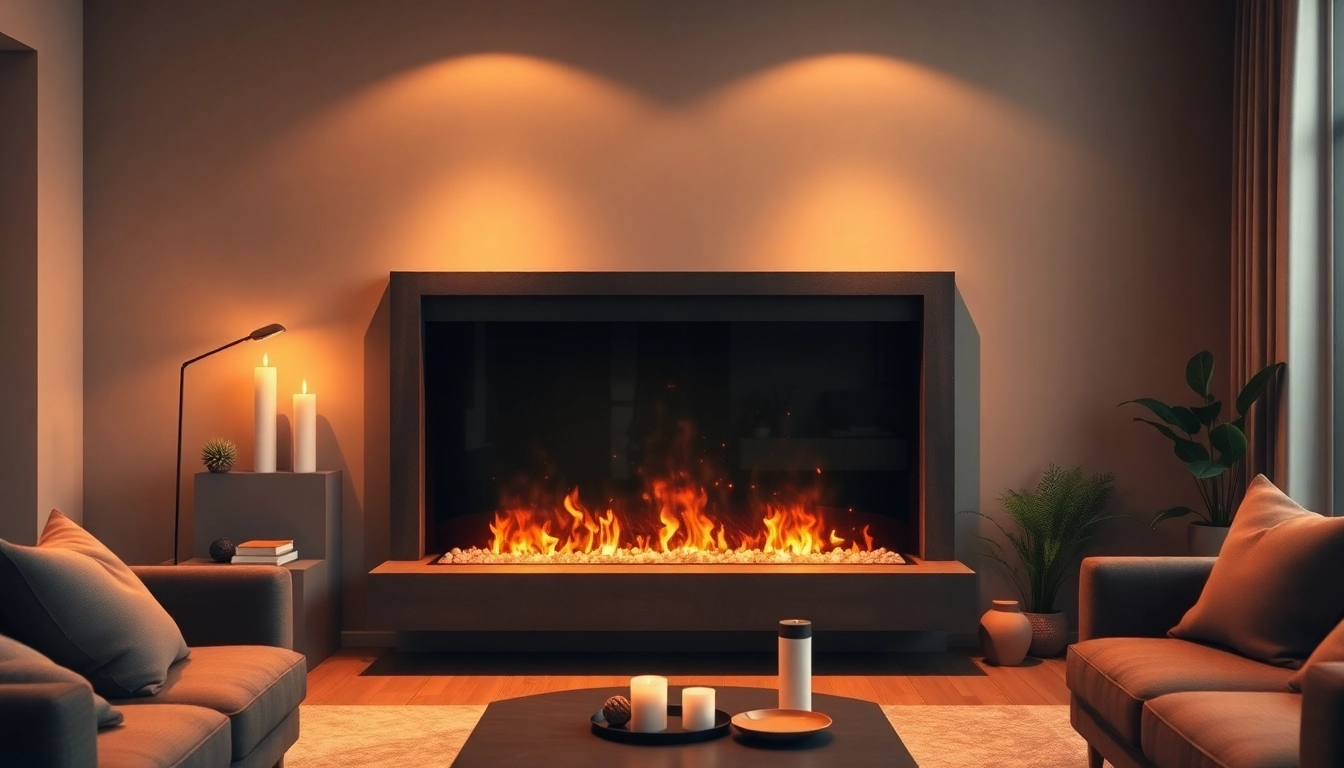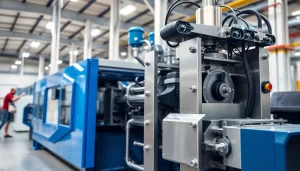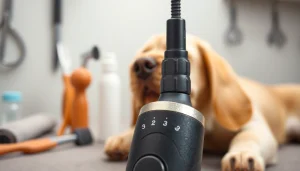Understanding Water Vapor Fireplaces
In the evolving landscape of home heating and aesthetics, water vapor fireplaces have emerged as a popular choice for homeowners seeking modern alternatives to traditional wood or gas fireplaces. These innovative installations utilize advanced technology to combine ambiance and functionality without the hazards associated with conventional fire sources.
What a Water Vapor Fireplace Is
A water vapor fireplace is essentially an electric fireplace that creates lifelike flames using ultrasonic technology. Unlike traditional fireplaces that burn wood or gas, creating actual fire, water vapor fireplaces use a mechanism that generates a water mist illuminated by LED lights. This combination produces a visual effect of flickering flames, giving the user an authentic fireplace experience without heat. This technology not only enhances safety but also caters to the design preferences of modern households.
How It Works: The Technology Behind the Flames
The operational heart of a water vapor fireplace lies in its ultrasonic transducer, which vibrates at high frequencies to transform water from a liquid state into an ultra-fine mist. This mist is then lit by powerful LED lighting that simulates the typical glow of a real fire. The result is a stunning, three-dimensional flame effect that can be adjusted in terms of brightness, color, and even flickering patterns, allowing for customization that caters to individual tastes and moods.
Benefits of Choosing Water Vapor Fireplaces
Water vapor fireplaces present numerous advantages that appeal to both environmentally conscious consumers and those looking for stylish home enhancements. Unlike traditional fireplaces, they do not emit harmful smoke or emissions, aligning with contemporary eco-friendly standards. Moreover, they can serve dual roles, providing both a decorative ambiance and potential humidification benefits to the environment—perfect for regions with dry climates.
Key Features of Water Vapor Fireplaces
Safety Benefits Compared to Traditional Fireplaces
One of the most significant advantages of water vapor fireplaces is their inherent safety. Since there are no real flames involved, they are cool to the touch, making them an ideal option for homes with children or pets. Additionally, they do not produce carbon monoxide or soot, reducing the need for regular chimney maintenance and eliminating the risk of chimney fires altogether. This safety feature allows homeowners to enjoy the visual appeal of a fireplace without the dangers associated with traditional fire sources.
Energy Efficiency and Environmental Considerations
Water vapor fireplaces are highly energy-efficient compared to their traditional counterparts. They consume significantly less energy since they rely primarily on electricity and do not require the burning of combustible materials. Furthermore, as they do not generate excess heat, they can be operated in summer months without the risk of room overheating, unlike conventional electric heaters. This feature not only conserves energy but also lowers utility bills over time.
Design Options and Customization
Modern water vapor fireplaces come in a wide variety of styles and designs that can complement any home décor. From sleek and contemporary designs to more traditional looks that mimic classic fireplaces, they can be customized in size and finish. Many models even allow for adjustable flame colors and effects, catering to the mood of the room and personal preferences. Custom installations can be tailored to fit seamlessly into a living room, bedroom, or even commercial spaces, offering versatility in functionality and aesthetic appeal.
Installation and Maintenance
Steps to Install a Water Vapor Fireplace
Installing a water vapor fireplace is a straightforward process compared to traditional fireplaces. Below is a simplified guide to help homeowners get started:
- Choose the appropriate location in the home, ensuring adequate ventilation and access to a power source.
- Prepare the installation area by ensuring the surface is level and sturdy enough to support the fireplace unit.
- Set up the water reservoir according to the manufacturer’s instructions, ensuring it is filled and positioned correctly.
- Connect the fireplace to a power source, following safety guidelines to avoid any electrical issues.
- Once connected, conduct a test run to ensure the water vapor effects and lighting function as intended.
Routine Maintenance Tips for Optimal Performance
While water vapor fireplaces require less maintenance than traditional options, occasional care is necessary to keep them running effectively. Here are some key maintenance tips:
- Regularly clean the water tank and the ultrasonic transducer to prevent mineral buildup, which can impair performance.
- Change the reservoir water every couple of weeks to avoid stagnation and odors.
- Periodically check the electrical connections and ensure there are no signs of wear or damage.
- During infrequent usage periods, make sure to empty the water tank to prevent freezing or damage to the unit.
Common Issues and How to Troubleshoot Them
Despite their low-maintenance nature, users of water vapor fireplaces may encounter some common issues, for which the following troubleshooting tips might help:
- If the flame effect appears dim or nonexistent, check the water level in the reservoir and refill if necessary.
- If the unit is producing excess noise, ensure that the tank is correctly seated and that no debris is blocking the mist outlet.
- For problems with the lighting, inspect electrical connections and replace any burnt-out bulbs as required.
Comparison with Other Fireplace Types
Water Vapor vs. Electric Fireplaces
When comparing water vapor fireplaces to traditional electric fireplaces, significant differences emerge. Standard electric fireplaces generate heat through direct heating elements, which can make them less efficient for aesthetic purposes alone. In contrast, water vapor fireplaces provide a visual experience without significant heat output, making them safer and more suitable for indoor use without the risk of overheating.
Environmental Impact Compared to Gas Fireplaces
Gas fireplaces, while often efficient for heating, emit greenhouse gases and require venting solutions that can complicate installation. In contrast, water vapor fireplaces produce zero emissions during operation, making them a more eco-friendly choice. They also do not necessitate the installation of vents, which can reduce installation costs and complexities.
Aesthetic Appeal: Why Choose a Water Vapor Fireplace?
The aesthetic value of water vapor fireplaces lies in their enchanting flame illusions and customizable features. Users can choose flame colors, adjust the brightness, and even play with different lighting effects to tailor their fireplace experience. This versatility allows these fireplaces to enhance any environment’s style, whether in a modern apartment, a rustic cabin, or a commercial space.
Customer Experiences and Reviews
Real Feedback from Water Vapor Fireplace Users
Many homeowners who have opted for water vapor fireplaces praise their safety, aesthetic value, and ease of use. Customer testimonials often highlight how these installations become focal points in living spaces, drawing admiration from guests and family alike. Users enjoy the convenience of operating their fireplaces through remote controls or smart home systems, integrating seamlessly into modern lifestyles.
Case Studies: Transforming Spaces with Water Vapor Fireplaces
A variety of case studies illustrate how water vapor fireplaces have transformed living spaces across diverse settings. From cozy family rooms accentuated with stunning visuals to innovative settings in restaurants that promote a warm ambiance without heat, these fireplaces provide profound aesthetic and functional transformations. Notably, several businesses have reported increased customer satisfaction and foot traffic owing to their striking water vapor fireplace installations.
Frequently Asked Questions and Expert Answers
As interest in water vapor fireplaces grows, so does the curiosity surrounding them. Here are some commonly asked questions along with expert insights:
- Are water vapor fireplaces good? Yes, they are excellent for aesthetic purposes, provide a clean air solution as they emit no harmful emissions, and are safe around children and pets.
- What are the disadvantages of a water vapor fireplace? Some users report issues with humidity levels leading to moisture, and frequent water refills can be cumbersome for others.
- How does the water vapor fireplace work? The operational principal involves ultrasonic vibrations that create a mist, and LEDs illuminate this mist to simulate flames.


